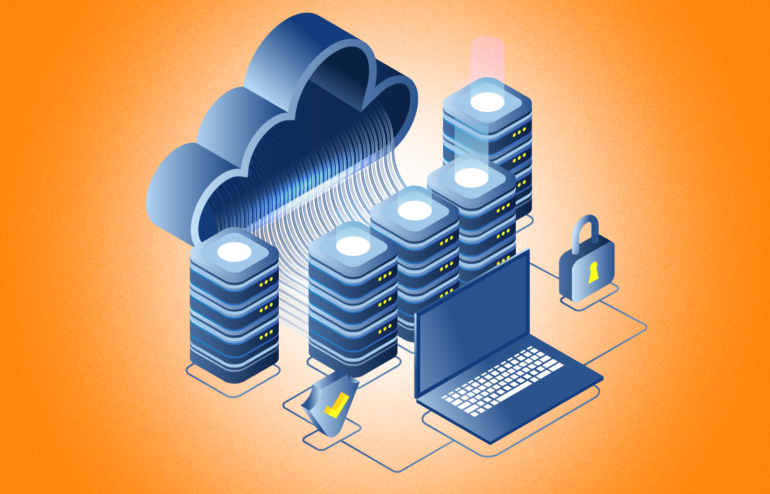The Crucial Role of Cybersecurity Management in 2024

As we reflect on the challenges of 2023 and the growing reliance on cloud providers in the financial industry, it is clear that cybersecurity management is more important than ever. With the increasing threat of cyberattacks and the need to protect customer information and financial transactions, community financial institutions must prioritize cybersecurity to ensure the safety and trust of their customers.
In our recent webinar, our IT and Information Security experts discussed cybersecurity management with areas of emphasis on the importance of understanding third-party risk management, the new version of the Conference of State Bank Supervisors (CSBS) Ransomware Self-Assessment Tool (RSAT 2.0), and lessons learned from exams and audits in 2023. This post explores some of the key highlights.
NIST Framework and the Arrival of CSF 2.0
The National Institute of Standards and Technology’s Cybersecurity Framework (NIST CSF) is a valuable resource for organizations to manage and reduce cybersecurity risk. This framework continuously integrates lessons learned and best practices while retaining its core functions: Identify, Protect, Detect, Respond, and Recover. The recently updated CSF 2.0 includes the introduction of a sixth function, ‘Govern,’ underscoring the importance of clear role definitions, policies, and risk prioritization procedures within cybersecurity programs. It also provides improved guidance on implementation, ensuring that organizations are equipped to address the latest cybersecurity challenges.
Critical Third-party Relationship Management
Third-party risk management is crucial as financial institutions are increasingly relying on third and fourth parties. Interagency guidance underscores the importance of understanding the impact and interaction levels of these relationships on operations and customers. Financial institutions are encouraged to establish sound methodologies for comprehensive oversight of the activities surrounding third parties. This includes a thorough understanding of third-party business processes and systems as well as an understanding of the risks and benefits before contract execution. As financial institutions move forward with third-party relationships, they must also exert pressure on their service providers to ensure adherence to strong cybersecurity standards to effectively safeguard the interests of the financial institution and ultimately its customers.
Importance of the Ransomware Self-Assessment Tool (RSAT 2.0)
The Ransomware Self-Assessment Tool (RSAT) version 2.0 represents a significant step forward in helping financial institutions fortify their defenses against ransomware attacks. The latest version is developed through the integration of feedback from institutions that have been impacted by ransomware, ensuring that the tool remains relevant and effective as this type of malware continues to evolve. With a focus on cloud-based service providers, RSAT 2.0 emphasizes the importance of understanding the flow of data, particularly in environments outside the U.S., and how it is subject to various privacy regulations like GDPR. Furthermore, RSAT 2.0 places increased emphasis on multifactor authentication (MFA) and employee cyber-awareness, reflecting the industry’s recognition of the critical role these factors play in strengthening cybersecurity postures.
Key Lessons Learned from Exams and Audits
A few of the biggest areas of scrutiny that we’re seeing from recent IT exams and audits include:
- Asset Management – paying attention to asset lifecycles and end-of-life risks as well as implementing robust authentication methods that govern customers who are logging into electronic banking applications
- Change Management – establishing baseline standards and auditable procedures for change requests and appropriate reporting for project management and cost overruns
- Data Recovery – periodically rotating through your critical servers and restoring data so that you can ensure the effectiveness, integrity, and availability of that data
- Increased Incident Response Testing and Training – conducting testing as frequently as possible over different threat scenarios, documenting those tests, and training the employees who are going to be involved in the actual response
For more lessons learned and emerging trends, watch the full webinar recording.
Community banks and credit unions must prioritize cybersecurity management to protect customer information and maintain operational resilience. Enhanced cybersecurity strategies are imperative, urging institutions to adopt a multidimensional approach that incorporates people, processes, and technologies. Regular assessments, third-party risk management, and adherence to cybersecurity frameworks contribute to a proactive defense against cyber threats.
If you have any questions or want to learn more about our complimentary information security review, please visit safesystems.com/review.

